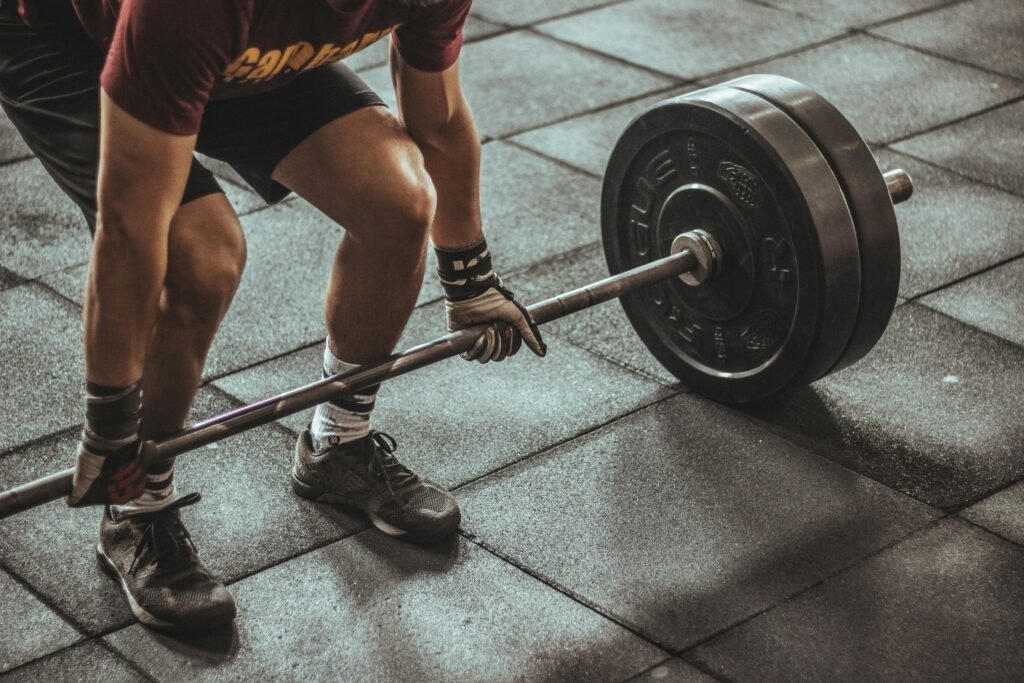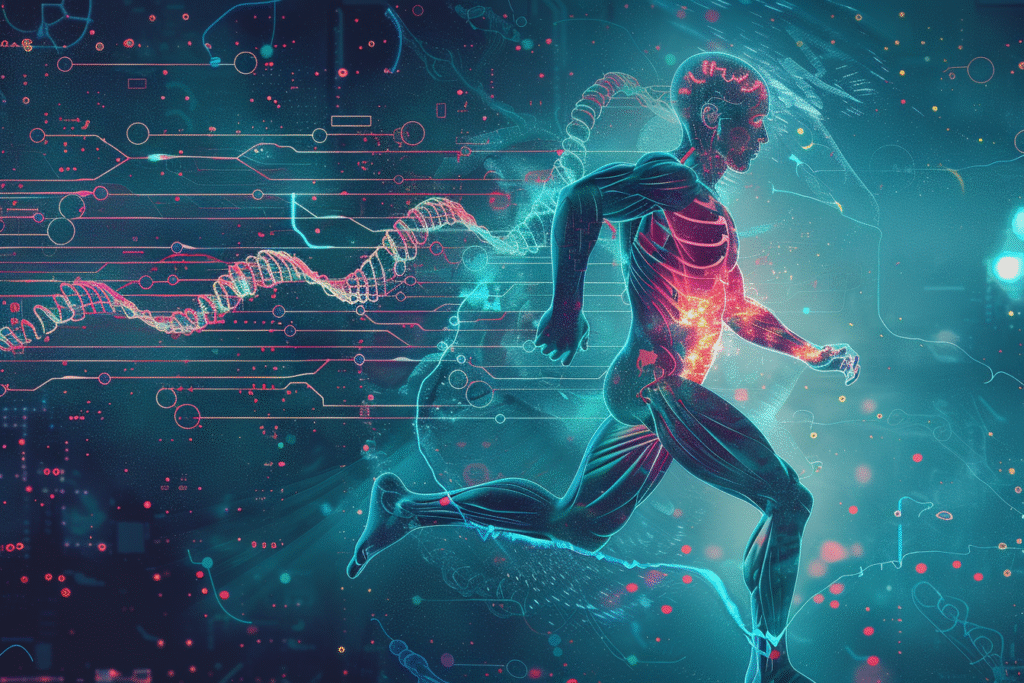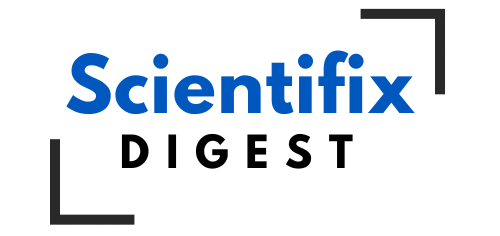The aging process is not something we can avoid, but the rate at which we age and in a healthy manner is becoming a more and more personalized issue. Recent discoveries in the epigenetics field, which examines how behaviors and environment influence how the genes themselves perform, have shown that the DNA methylation based epigenetic clocks can be a better predictor of biological age than of chronological years.
Out of the plethora of lifestyle factors, exercise has become a promising candidate to decelerate the ageing of the epigenome. This idea is referred to as exercise as a geroprotector: a program that enhances fitness and, in addition, affects cellular mechanisms associated with aging.
Physical activity, Exercise, and Fitness: What Are the differences?
It is worth first clarifying some of the terminology that are commonly used interchangeably:
Physical activity: Any movement that heats up the energy such as walking or house hold chores.
Exercise: An effort of physical exercise that is coordinated, deliberate and habitual such as jogging, swimming or body building.
Physical fitness: The physical result of physical activity that is measurable and indicates variables like strength, flexibility and cardiorespiratory endurance.
Such differences are important since the biological outcomes of aging can be different. Although light exercise helps sustain health in general, moderate vigorous intensity exercise seems to have the best effect in reducing the pace of molecular aging.

The effect of exercise on Epigenetic aging
Evidence from Human Studies
Body of evidence Large cohort studies have indicated that increasing the intensity of physical activity is connected to slower epigenetic aging. Exercise during leisure time physical activity (LTPA) has always shown protective roles, but in contrast, sedentary lifestyles are usually associated with the speeding up of the epigenetic clock.
As an example, sedentary adults, who engaged in an eight week combined aerobic and strength exercise, underwent a biological age decrease, especially those who were older at baseline, in terms of epigenetic age.
The next point is elite athletes, who demonstrated much slower rates of epigenetic aging of the champions of the Olympic team in comparison to the non-champions, which indicates the long-term effects of regular trainings.
Animal Study Evidence.
These findings are backed by animal models. Mice with age differences (old) that were subjected to endurance and resistance exercise (weighted wheel running) exhibited inhibited age-associated changes in DNA methylation within muscle tissues, which indicated rejuvenation effects at the cellular scale.
These tests aid in the explanation of causal relationships as exercise not lifestyle correlations can directly affect biological aging.
Exercise as an indicator of Aging
The cardiorespiratory fitness (CRF) as assessed by VO2 max and the corresponding measures is closely associated with slower epigenetic age increase. Actually, high fitness people usually exhibit 1.5-2 years reduced biological age in relation to their less fit counterparts.
This brings up an important observation, that is exercise levels can be predicted by biological aging more than they are by self reported levels of exercise. That is, it is not quantity of movement, but quality of movement, which increases physiological capacity.
Which Organs Benefit Most?
Measurement of methylation is more prevalent in the blood and skeletal muscle, although benefits are more common. In animals, it has been found that animal exercise trained individuals also show younger biological age in the heart, liver, adipose tissues and even in intestines.
There is also emerging evidence that the gut microbiome is involved in epigenetic ageing and fitness, indicating that complex inter organ networks are affected by routine activity. This large systemic action supports the concept of exercise as a whole body geroprotector.
Future Research Issues
Although promising, the field has a number of issues:
Unification of procedures: Various papers define activity differently, and have a variety of epigenetic clocks; comparisons are hard.
Individual variability: It is possible that people with older baseline biological age would respond more to exercise, so individualized interventions could be required.
Mechanistic insights: Despite changes to DNA methylation with exercise, the mediating molecular pathways between exercise and reduced epigenetic aging are not well understood.
Causal epigenetic clocks could be used in future studies to illuminate how exercise modulates the major CpG sites that are associated with age-related conditions.

Practical Takeaways
Move more sit less: Sedentary time is a vital factor in the sluggish biological aging.
Add in organized exercise: Exercises such as running, muscle building, and swimming are more rejuvenating than simple movement.
Pay attention to the results of fitness: Cardiorespiratory fitness and muscular strength can be the most effective predictor of young biology.
Microsystemicity is important: It is long term commitment to exercise that leads to the most benefits just look at Olympic champions.
Conclusion
Exercise is not only about muscle building or weight loss it can be one of our best weapons to slow biological aging at the cellular level. Physical activity turns out to be a natural, accessible and systemic geroprotector of the body by modulating DNA methylation and epigenetic clocks.
With more research, age specific fitness plans based on the biological age may transform the concept of health, longevity, and disease prevention. Thus far, the message is unmistakable: keep on moving, get smart on training and buy into a long healthy life.
Reference
Kawamura T, Higuchi M, Radak Z, Taki Y. Exercise as a geroprotector: focusing on epigenetic aging. Aging (Albany NY). 2025; 17(7):1583–1590

